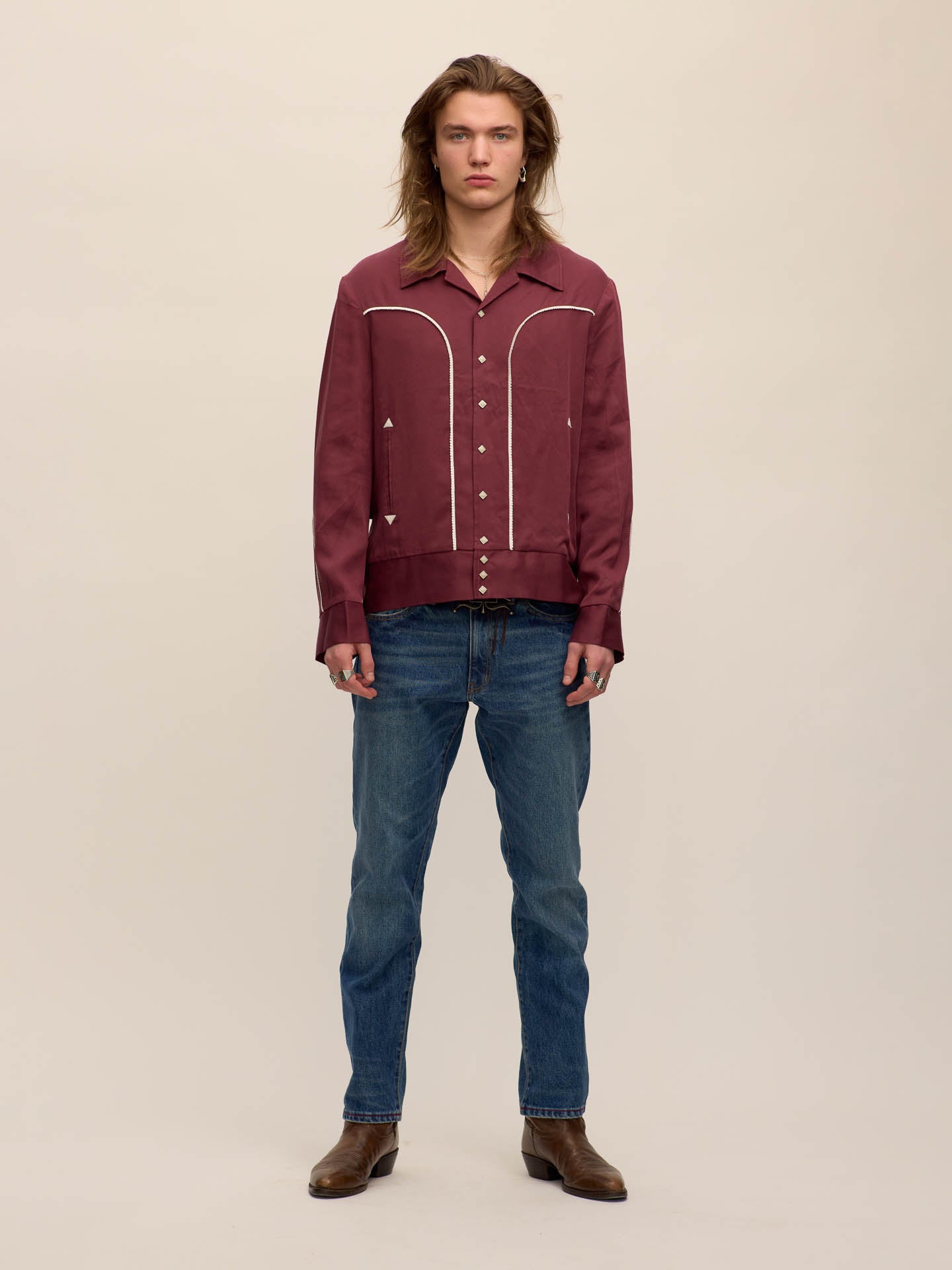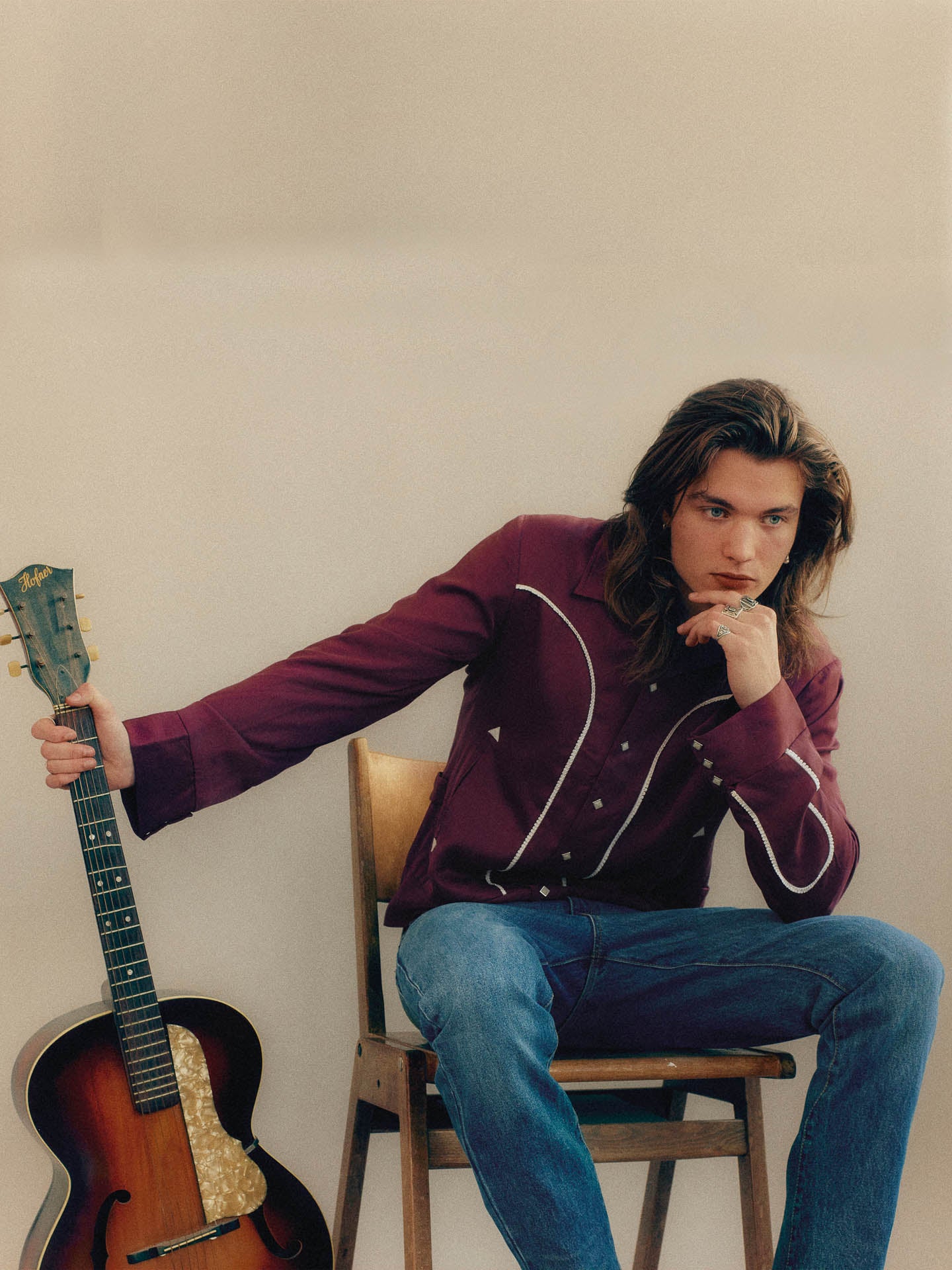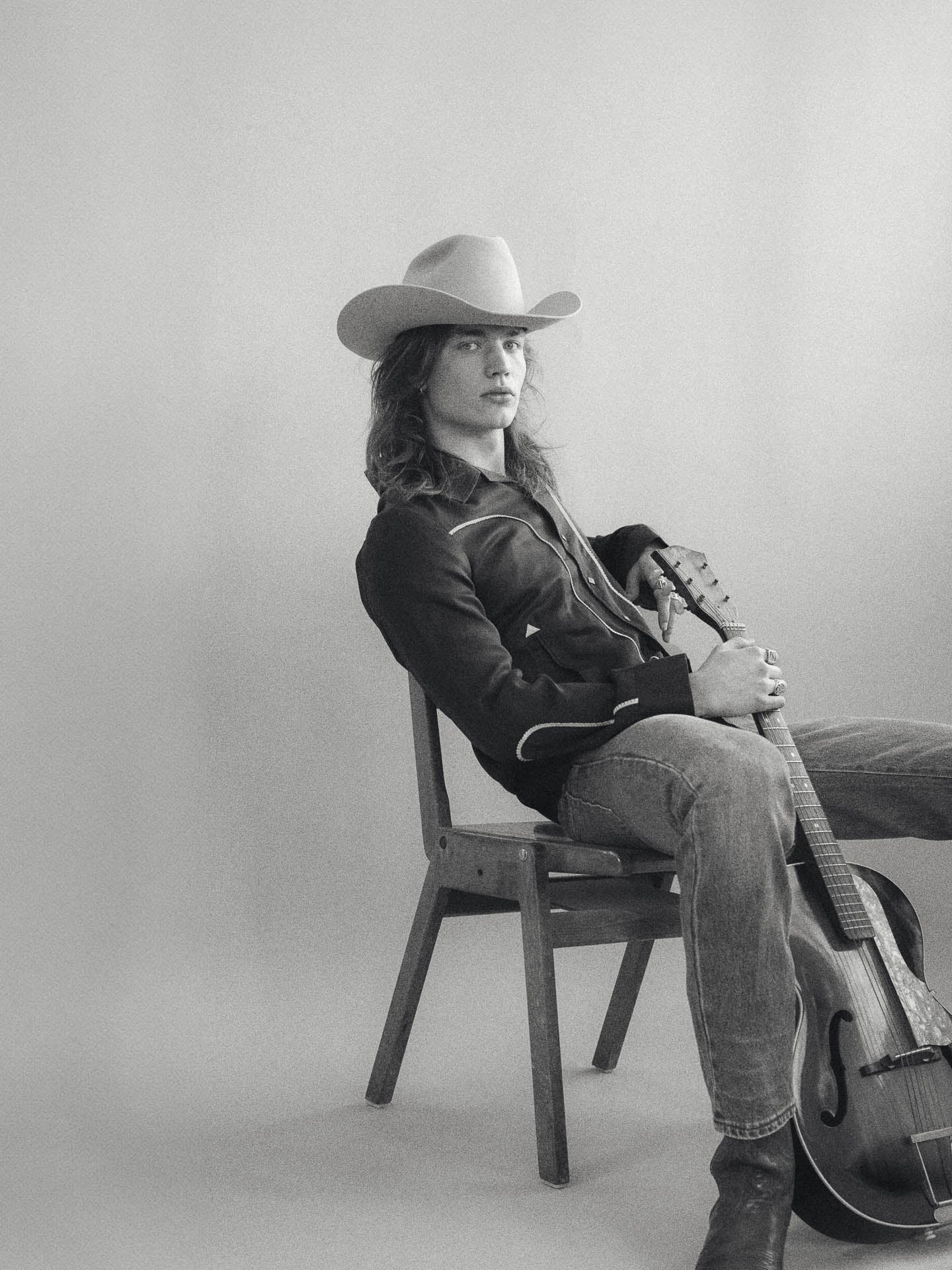The Bolero Jacket: Origins, Evolution, and Its Influence on Western Wear
The Bolero Jacket: Origins, Evolution, and Its Influence on Western Wear
The Bolero jacket traces its origins back to 12th-century Spain, where cattle herders—known as vaqueros—wore low-crowned hats, bolero jackets, sashes, tight-fitting trousers, and spurred boots. These herders worked in the regions of Salamanca and Old Castile, and their attire was practical for horseback riding and working with cattle (Welch, 2015). Over time, the bolero jacket became a distinct part of their clothing, designed to offer ease of movement and protection while working in the saddle.
As Spanish influence spread to the Americas, particularly in Mexico, these herding traditions also took root. The vaqueros of Mexico are often regarded as the direct ancestors of the American cowboy. As Spanish settlers interacted with Native American tribes and later Northern European immigrants in the Southwest United States, new elements were added to this traditional attire. These cultural and technological exchanges resulted in the distinctive styles we now recognize as Western wear (Lawrence, 1992). This development of dress reflected not only environmental adaptations but also the blending of diverse cultural influences from Spain, indigenous groups, and settlers of various European backgrounds (Schaffer, 1986).
While gauchos, vaqueros, and cowboys share their origins in Spain, their attire gradually diverged due to regional environmental conditions and technological changes. The bolero jacket remained a key garment for both vaqueros and gauchos, but its style was adapted for the various climates and work environments in which these cattle herders lived. The American cowboy’s dress, for example, would eventually come to include wide-brimmed hats and denim, reflecting the practical needs of the American West (Crill, 1999).
The traditional Bolero jacket remains short or waist-length, reflecting its horseback heritage, and is often decorated with intricate embroidery and other embellishments, making it both functional and ornate. By the mid-20th century, bolero jackets had entered mainstream fashion, particularly in the 1950s and 1960s, where they were typically made from materials such as Rayon twill, reflecting the fabrics and styles of the era (Lawrence, 1992).
References
- Schaffer, C. (1986). Western Wear: The American Cowboy Icon. New York: Outback Publications.
- Welch, S. (2015). Spanish Influence on American Ranching Cultures: A Historical Perspective. University of Texas Press.
- Crill, R. (1999). Indian Textiles: The Fabric of a History. London: V&A Publishing.
- Lawrence, M. (1992). Utility Meets Fashion: The Evolution of the Western Shirt. Journal of American Fashion History, 14(2), 50-58.
sneum.com
Bolero jacket in black Tencel®
Share






sneum.com
Bolero jacket in maroon Tencel®
Share








sneum.com
Bolero jacket in brown Tencel®
Share








